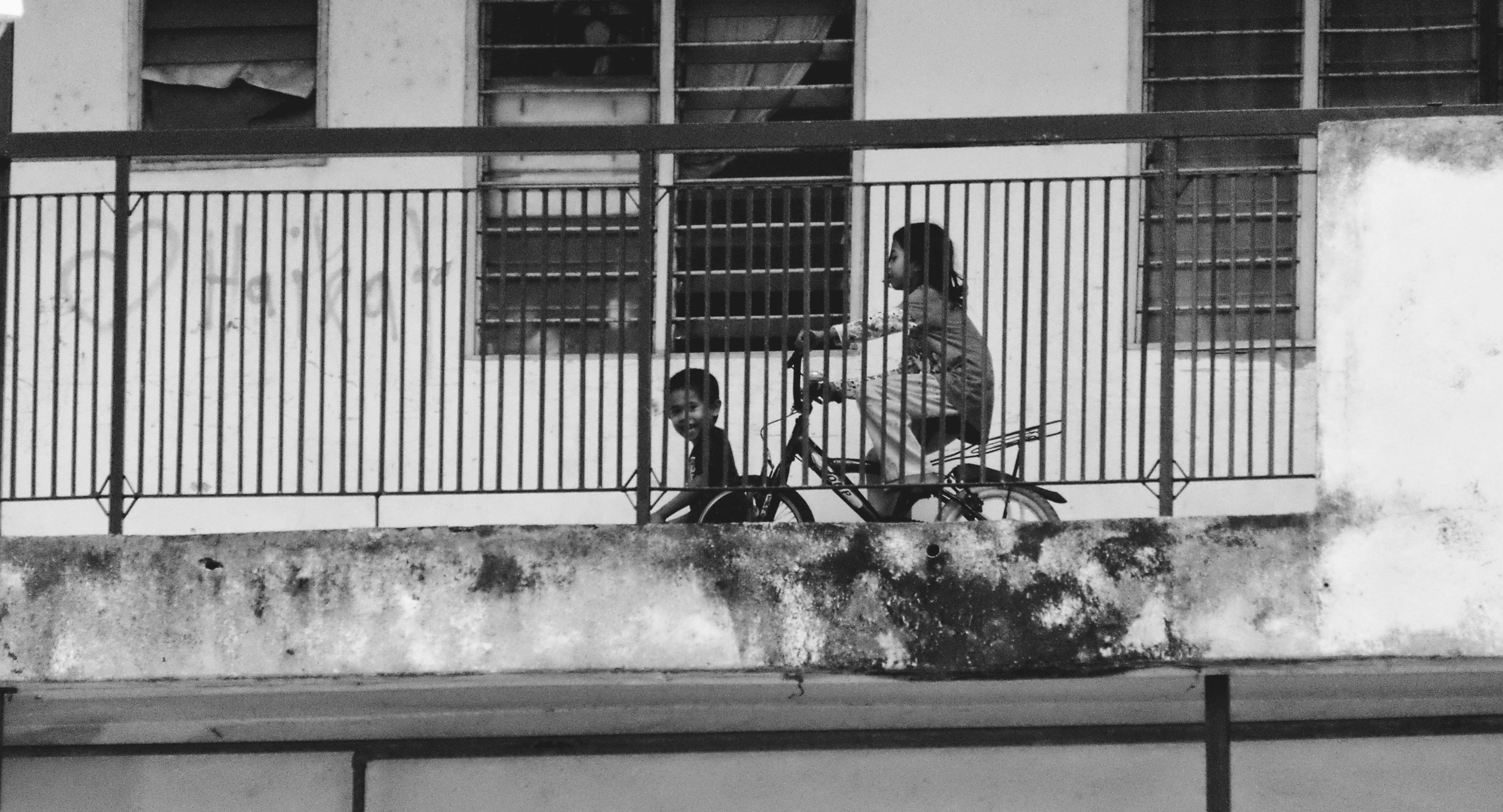Latest note
Out of (Your Own) Pocket

Had to get this out, before a month of back to back to back to back events and workshops, across multiple areas and fields of expertise and work.
If you ever need civic tech, you can reach out to these guys. They can do it for free - Malaysian Member of Parliament
The things I have to do on a day to day basis, wearing multiple roles (and it's not all of them):
- Executive Director/ founder
Manage organisation, HR and manage/mentor staff / interns, strategic planning, administrative, finance, funding and project proposals, civil society coordination, programme management, monitoring and evaluation - Senior devops
Setup and manage multiple Linux and FreeBSD servers, providing web services, storage, VPNs and compute - Full stack developer
Maintain, develop and deploy several websites, thankfully mostly in Python and a few frameworks. But given a bit of time, I can work with any well documented language or frameworks. - Anti-corruption researcher (data)
Research open data standards for anti-corruption. But also collect and organise the data in constrained environments, and code working implementations - Investigative journalist
Train new journalists, conduct workshops on investigating corruption, conduct workshops on digital safety, work on independent investigations, collaborate with other journalists, support other journalists for specific questions around government data and documents, work on funding, take photos and videos for verification and supporting materials, work on own digital tools and scripts to manage large amount of resources, including media and documents (for example I also maintain, deploy and add resources to Malaysian Government Document Archives) - Research and Policy on Civic Tech / Open Data / Digital Rights
Over 20 years working in this space at international level, on everything from open source, intellectual property, internet governance, tools, open standards and human rights
Funding and Partners

Few if any civil society funding sources will cover any of these roles and tasks at a senior level, much less several of them. Most take for granted, that you only know or work on specific role, and seem unaware that when you pass us to another expert, that there is only one person on the other side talking to an entire team on the other.
We do what we can, within limits of course. We are only human.
Thankful, that my funders provide core funding, trusting that I'll do whatever needs to be done, in any role, understanding the limited capacity and continuously finding more resources to support our work when they can.
Costs out of your own /organisation pocket

For those of us in civil society, especially in Malaysia. It's not just a job. We do what we do, because there are serious issues and injustices that we need to address that we personally feel strongly about. So we take on additional roles, and the costs associated with them, if we feel that we are in a privileged enough position to do so.
But it's not really about scarcity.
There is literally an abundance of resources. Millions of dollars, billions even if you talk about the tech scene and government funding.
So this personal note, is also about making it clearer about the hidden costs bourne by civil society that is not funded, but should. Whether it's staff, services or hardware, what's usually needed to cover these hidden costs is miniscule.
An illustration of not taking for granted that we can simply appear out of thin air when summoned to have expert inputs for AI and digital rights, here is a sample of some of my out of pocket costs this year to be able to have capacity, knowledge and local experiences for AI in all the fields and roles above:
- Consumer GPU (USD800)
- Personal workstation upgrades, CPU, storage, memory (USD1000)
- Photography/Media (USD1000)
It's less than USD3000!
The issue here is that it's not project specific, but has exponential returns based on the multiple roles and skill sets. I use the same GPU to augment investigative journalism techniques, run tests for AI dataset bias and speed up photography and videography workflows.
The workstation upgrades that allow for AI research, also speeds up development for various free online services I need to maintain, and day to day productivity work.
Given all this, I think the proposition that some micro core funds at least to fund or provide in-kind hardware for deserving civil society organisations and journalists, should act as a multiplier for impact.
And if we're more open about it, that the trivial amount of funding needed can be made available.
Document Actions
Document Actions